Recent Comments
No comments to show.
Posted by admin in Babies 0-6 months, Babies 6 months - 4 years, General, How to, Safety on May 8th, 2015
We have many calls and emails a week with people having trouble trying to find the child restraint anchor points in their car. Sometimes even we have trouble finding them when we go to do installations as there’s a fairly variable range of position, type, material and location in different cars.
Depending on the date your car was built your vehicle may or may not have anchor points already present and ready for use. It is important to note that in the rear of cars the luggage points are not confused for anchor points. This is something we see often with seats installed by well meaning relatives or friends. Unfortunately the luggage tie down points are just that – for luggage – and in an accident are not built to withstand the huge force that will be brought on it meaning the seat may not stay restrained in the car and the passenger could suffer serious injury or worse.
Sometimes you will have to actually drop the backrest of the seat forward to locate the points. If you have your car manual that will often give you the location of the restraint points to clear up any confusion between what they are and what are luggage tie down points.
Anchorage points are required to be in vehicles in accordance with the AUSTALIAN DESIGN RULE 34 (ADR34)
It is important to note that not all vehicles come fitted with an anchorage point. Some vehicles will require modifications to accommodate anchor points, while in some situations it can be illegal to install an anchorage point so it is best to refer to the owner’s manual of the vehicle or contacting the manufacturer before purchasing.
Imported vehicles require anchorage point to be established in most vehicles, prior to the vehicle being registered.
Some Dual Cabs do not have anchorage points. If required, it is possible to fit Anchorage Points to most Dual Cabs.
Some vehicles do not cater for the larger families with small children and therefore the vehicle has no 3rd row anchorage points. Again its worth checking prior to purchase.
Some images of child restraint anchor points are set out below:
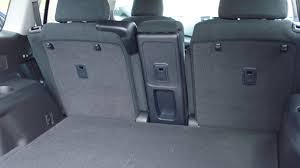
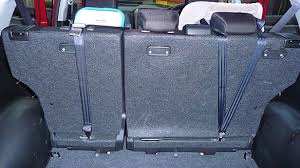
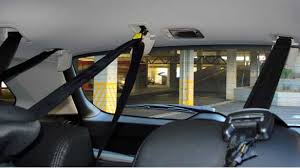

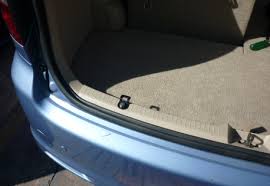
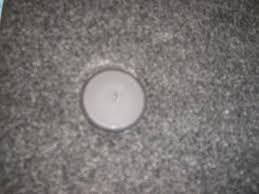
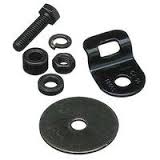
Posted by admin in Babies 0-6 months, Pregnancy, Safety on April 1st, 2015
So you’ve just walked into a huge baby stuff emporium for the first time ever and one of the employees hands you a great little checklist that lists everything you’ll need for your new baby.
Don’t believe the hype! A great many items on that list just aren’t necessary and another 25% of it is stuff you’ll only need for a few months so we’d suggest you consider borrowing from a friend or hiring, and save your $ for the more expensive years to come.
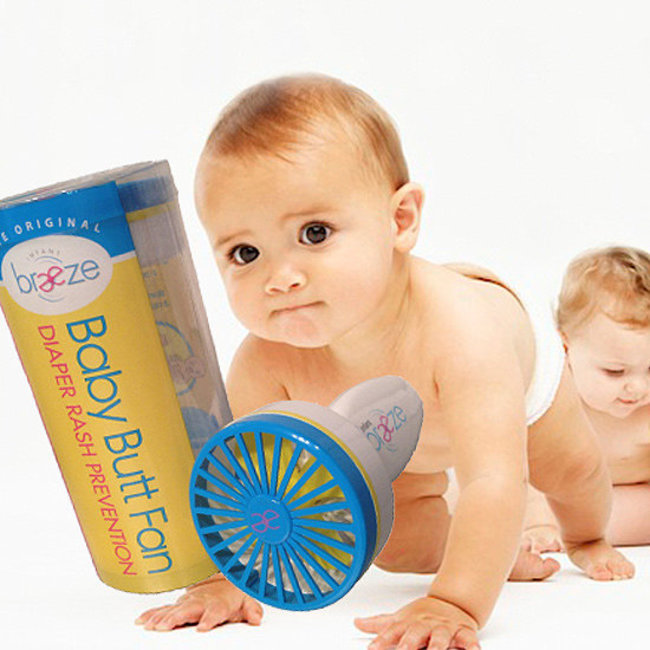
Baby Butt Fan – we’re not a Fan of the Baby Butt Fan
Posted by admin in Babies 0-6 months, General, Pregnancy on March 25th, 2015
Gone on maternity leave and need something to fill in the afternoons while you wait for your baby to arrive? We’ve rounded up our 10 favorite movies to watch during pregnancy. There’s some funnies, some that’ll bring a tear and lots of happy endings.


Posted by admin in Babies 0-6 months, General, How to, Pregnancy on March 18th, 2015
Having a new baby in the house is a real joy, all those “firsts” we look forward to, the peaceful times of cuddles on the couch and quiet walks before bed. But having a new baby also makes you surprisingly busy with all the care they require. Doing a little preparing and planning ahead can mean the difference between chaos and serenity. Some quick simple tips to help you save time and get some “me time” in are set out below.

Posted by admin in Babies 0-6 months, Explore Sydney, General, How to, Safety, Travelling with kids on March 18th, 2015
Our good friends at Maxi-Cosi were the first infant car seat provider to offer ISOFIX-compatible infant car seats with the launch of its ISOGO range. ISOGO is an ISOFIX compatible system for Maxi-Cosi child restraints.
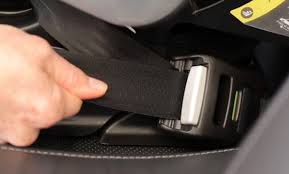
As experts in child mobility, Maxi-Cosi is an international leader in the production and testing of child restraint products. Maxi-Cosi’s ISOGO is a simple and user friendly latch system that enables parents and care givers to safely connect their Maxi-Cosi child restraints to their vehicle’s ISOFIX lower anchorages in a simple step. With its green and red indicators, the question of whether or not you’ve done it correctly is eliminated giving parents peace of mind that the installation has been done correctly at just a glance of the indicator.
With a staggering 88% of infant car seats not fitted correctly, Australian parents have been desperate for ISOFIX-compatible seats so this range has been very welcomed by our customers.
ISOFIX compatible systems must comply with the Australian/ New Zealand 1754 Standard. Seats that comply must be fitted with rigid or flexible lower attachment connectors as well as top tether straps. The dynamic testing required varies from country to country and therefore a child restraint that is purchased overseas is illegal and any insurance will be null and void in the event of an accident. The Australian/ New Zealand 1754 Standard is known to be the most stringent in the world.
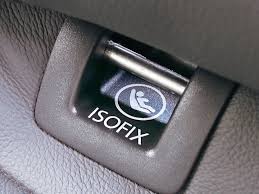
Designed to make fitting an infant car seat sercurely easier, ISOFIX is an international standardised fitting system for attaching infant car seats securely without the need for the vehicle lap sash seatbelt. Most modern cars sold in Australia offer ISOFIX mounting points, but if you’re not sure take a look at the base of your backseat in the gap between the base of the seat and the back of the seat. Generally there will be some writing saying ISOFIX above the mounting points; if in doubt, check with your local mechanic. See image below:
According to Maxi-Cosi, “fitting a Maxi-Cosi ISOGO car seat is easy. Simply click your ISOGO car seat into your car’s ISOFIX lower anchorage points and click the upper tether strap. You can then check the seat is correctly installed by making sure the harness tension colour indicator is green”.
“Our family is always on the go, so it is wonderful to finally have a car seat that?we can fit so quickly and be confident that it is properly fitted and secure,” says mother-of-two and Maxi-Cosi Ambassador, Rebecca Judd.
“Maxi-Cosi ISOGO has taken the guess work out of fitting our kids’ car seats, and we now have greater flexibility should grandparents or friends wish to borrow a car seat for a special day out”.
Maxi-Cosi ISOGO car seats and capsules are available for both hire and purchase on our site.